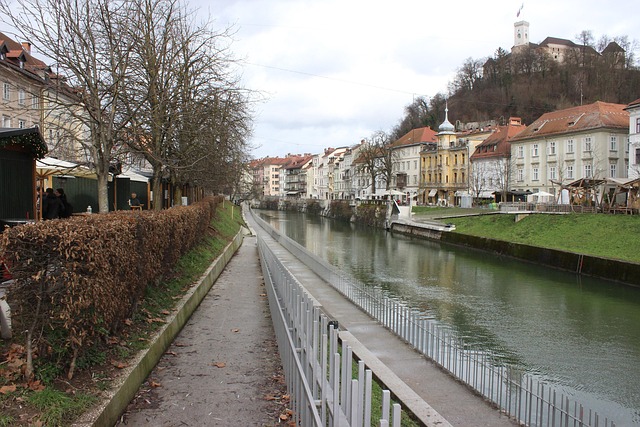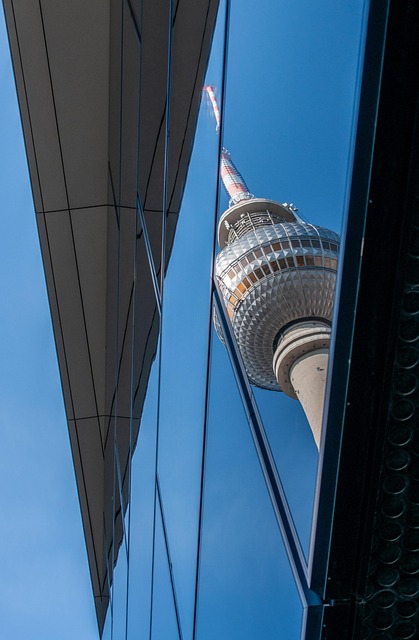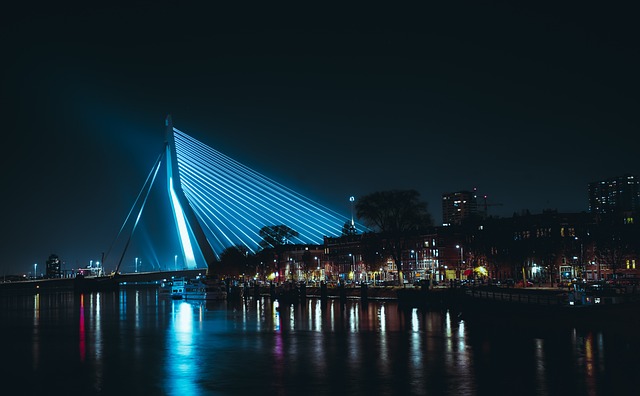Karachi, Pakistan's economic hub, tackles traffic congestion with the Northern Bypass project, a strategic highway initiative to enhance connectivity and revolutionize transportation. The EIA ensures sustainable development by assessing environmental impacts, leading to greener growth and community engagement for Karachi's future urban planning.
Karachi, Pakistan’s vibrant metropolis, is witnessing a transformative land development project with the Northern Bypass. This strategic initiative aims to ease traffic congestion and revitalize urban planning. The article delves into the intricate process of understanding the bypass’s impact on the city’s landscape, exploring its historical context, environmental considerations, and community engagement. By assessing these factors, Karachi can ensure sustainable growth while preserving its unique identity in the face of rapid urbanization.
- Understanding Karachi's Northern Bypass Land Development
- Historical Context and Need for the Bypass Route
- Environmental Impact Assessment and Mitigation Strategies
- Community Engagement and Future Urban Planning in Karachi
Understanding Karachi's Northern Bypass Land Development

Karachi, Pakistan’s bustling metropolis, is witnessing a significant transformation with the development of its Northern Bypass. This ambitious project aims to alleviate traffic congestion and enhance connectivity within the city. The Northern Bypass is a strategic land development initiative that promises to revolutionize transportation networks in Karachi. By providing an alternative route, it will not only ease the pressure on existing roads but also contribute to the overall urban planning and growth of the region.
The land development project offers a comprehensive solution to the city’s growing needs. It involves constructing a modern highway, incorporating state-of-the-art infrastructure and smart transportation systems. This new bypass will seamlessly connect various parts of Karachi, facilitating smoother movement of vehicles and people. As a result, residents and businesses can look forward to reduced travel times and improved accessibility across the city.
Historical Context and Need for the Bypass Route

Karachi, the vibrant metropolis and economic hub of Pakistan, has long faced challenges with traffic congestion, particularly along its main arterial roads. The historical context of the city’s development is a key factor in understanding why a Northern Bypass route is both necessary and timely. Over the decades, Karachi’s urban landscape has evolved haphazardly, with rapid population growth outpacing infrastructure development. The existing road networks, primarily designed to accommodate a smaller population, struggle to handle the immense traffic load, especially during peak hours.
The need for a Northern Bypass arises from the city’s aspirations to modernize and enhance connectivity while alleviating traffic congestion. This proposed route aims to provide an alternative path, bypassing the heavily congested areas in the north of Karachi. By diverting traffic flow, it promises to improve travel times, reduce pollution levels, and contribute to the overall development and efficiency of the metropolitan region.
Environmental Impact Assessment and Mitigation Strategies

In the context of land development projects like the Northern Bypass in Karachi, Environmental Impact Assessment (EIA) plays a pivotal role. The EIA is a comprehensive study that evaluates the potential ecological consequences of the proposed project, encompassing aspects such as air quality, water resources, biodiversity, and noise pollution. For Karachi, which faces unique environmental challenges due to its dense population and rapid urbanization, a thorough EIA is essential to identify and mitigate potential adverse effects.
Mitigation strategies are crucial components of any sustainable land development plan. These strategies aim to minimize the identified environmental impacts. In the case of the Northern Bypass, measures might include implementing green corridors to preserve local ecosystems, adopting noise-reducing road design features, ensuring proper waste management systems, and establishing air quality monitoring stations. By integrating these strategies, developers can strive for a balance between urban infrastructure development and environmental preservation, contributing to a greener and more sustainable future for Karachi.
Community Engagement and Future Urban Planning in Karachi

Karachi, as a vibrant metropolis, has always been at the forefront of urban development in Pakistan. The Northern Bypass project, aiming to ease traffic congestion and enhance connectivity, has sparked crucial discussions about community engagement and future urban planning strategies. This initiative has opened up opportunities for inclusive dialogue between stakeholders, residents, and government bodies. By actively involving the local communities in decision-making processes, Karachi can ensure that its growth is both sustainable and aligned with the needs and aspirations of its diverse population.
The successful integration of urban infrastructure projects like the Northern Bypass demands thoughtful planning and consideration. It offers a chance to reshape the city’s landscape, improve accessibility, and foster social cohesion. Engaging with Karachi’s citizens will help in designing public spaces, transportation networks, and residential areas that cater to various demographics. This collaborative approach can lead to a more livable, inclusive, and resilient urban environment for all its residents, setting a benchmark for sustainable development across the region.
The Northern Bypass project, a cornerstone of urban development in Karachi, offers a glimpse into the future of sustainable growth. By addressing historical transport challenges and minimizing environmental impacts, this initiative sets a precedent for effective land development strategies. Community engagement has been vital to shaping this bypass’s design, ensuring it aligns with the city’s evolving needs. As Karachi continues to navigate its urban landscape, lessons from this project can inform inclusive planning practices, fostering a more livable and resilient metropolis.



